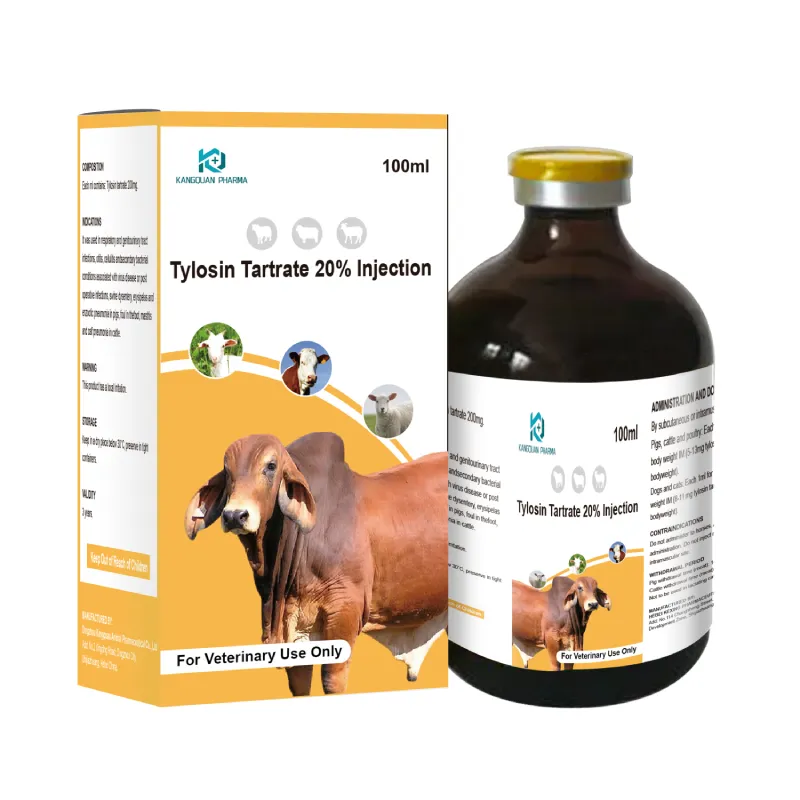- Afrikaans
- Albanian
- Amharic
- Arabic
- Armenian
- Azerbaijani
- Basque
- Belarusian
- Bengali
- Bosnian
- Bulgarian
- Catalan
- Cebuano
- Corsican
- Croatian
- Czech
- Danish
- Dutch
- English
- Esperanto
- Estonian
- Finnish
- French
- Frisian
- Galician
- Georgian
- German
- Greek
- Gujarati
- Haitian Creole
- hausa
- hawaiian
- Hebrew
- Hindi
- Miao
- Hungarian
- Icelandic
- igbo
- Indonesian
- irish
- Italian
- Japanese
- Javanese
- Kannada
- kazakh
- Khmer
- Rwandese
- Korean
- Kurdish
- Kyrgyz
- Lao
- Latin
- Latvian
- Lithuanian
- Luxembourgish
- Macedonian
- Malgashi
- Malay
- Malayalam
- Maltese
- Maori
- Marathi
- Mongolian
- Myanmar
- Nepali
- Norwegian
- Norwegian
- Occitan
- Pashto
- Persian
- Polish
- Portuguese
- Punjabi
- Romanian
- Russian
- Samoan
- Scottish Gaelic
- Serbian
- Sesotho
- Shona
- Sindhi
- Sinhala
- Slovak
- Slovenian
- Somali
- Spanish
- Sundanese
- Swahili
- Swedish
- Tagalog
- Tajik
- Tamil
- Tatar
- Telugu
- Thai
- Turkish
- Turkmen
- Ukrainian
- Urdu
- Uighur
- Uzbek
- Vietnamese
- Welsh
- Bantu
- Yiddish
- Yoruba
- Zulu
Dic . 27, 2024 17:20 Back to list
enrofloxacin injection
Enrofloxacin Injection Overview, Uses, and Considerations
Enrofloxacin injection is a potent antibiotic belonging to the fluoroquinolone class of drugs. Primarily developed for veterinary medicine, it is predominantly used in animal healthcare to treat a variety of bacterial infections. The efficacy of enrofloxacin stems from its ability to inhibit bacterial DNA gyrase and topoisomerase IV, enzymes crucial for DNA replication and transcription, thus preventing bacterial growth and replication.
Mechanism of Action
Enrofloxacin works by penetrating bacterial cell membranes and targeting specific enzymes that play a significant role in DNA processes. By disrupting these enzymes, enrofloxacin effectively stops the reproduction of bacteria, making it a reliable choice for treating infections caused by both Gram-positive and Gram-negative organisms. The drug’s broad-spectrum activity is particularly useful in veterinary settings, where infections can arise from a multitude of bacterial sources.
Indications
Enrofloxacin injection is commonly prescribed for treating a range of infections in animals, including respiratory infections, urinary tract infections, skin infections, and gastrointestinal infections. Its use is particularly prevalent in companion animals—such as dogs and cats—as well as livestock. For instance, enrofloxacin is often utilized in treating infections caused by strains of Escherichia coli, Salmonella, and Staphylococcus species, among others.
Veterinarians might recommend enrofloxacin for its rapid onset of action, delivering results in a shorter period compared to some other antibiotics. This quality is especially valuable in acute infections where immediate care is necessary to prevent further complications or the progression of disease.
Administration and Dosage
Enrofloxacin is typically administered via injection, either intramuscularly or intravenously, depending on the clinical scenario and the specific animal’s health status. The exact dosage and treatment duration are determined by the veterinarian based on the type and severity of the infection, as well as the animal's species, weight, and overall health.
enrofloxacin injection

It is crucial for pet owners to follow the veterinarian's dosage recommendations accurately. Overdosage can lead to adverse reactions, while underdosage may result in treatment failure. Generally, treatment with enrofloxacin should continue for several days beyond the resolution of clinical signs to ensure complete eradication of the infection.
Side Effects and Contraindications
While enrofloxacin is generally well tolerated, it is not without potential side effects. Commonly observed adverse reactions include gastrointestinal disturbances such as vomiting and diarrhea. More serious side effects can involve neurological symptoms, such as seizures, especially in susceptible populations.
Enrofloxacin is contraindicated in certain situations. For example, it should not be used in young animals whose cartilaginous development is still ongoing, as it can cause cartilage damage. Additionally, animals with known hypersensitivity to fluoroquinolones should not receive this medication.
Resistance and Stewardship
A significant concern with any antibiotic, including enrofloxacin, is the development of resistance. The misuse and overuse of antibiotics can lead to resistant bacterial strains, complicating treatment options and endangering animal and public health. Veterinarians and pet owners should utilize enrofloxacin responsibly, reserving its use for cases where it is deemed necessary and following appropriate guidelines to mitigate resistance development.
Conclusion
Enrofloxacin injection represents a critical tool in veterinary medicine, offering effective treatment for a variety of bacterial infections. Its broad-spectrum efficacy, rapid action, and relative ease of administration make it a favored option for veterinarians. However, the importance of responsible antibiotic use cannot be overstated. Proper adherence to veterinarian guidelines, awareness of potential side effects, and the establishment of best practices for antibiotic stewardship will ensure that enrofloxacin remains a viable option for infection management in animals, safeguarding both individual health and broader public health interests. By focusing on evidence-based practices and ongoing education, the future of antibiotic use in veterinary contexts can be both effective and responsible.
-
Guide to Oxytetracycline Injection
NewsMar.27,2025
-
Guide to Colistin Sulphate
NewsMar.27,2025
-
Gentamicin Sulfate: Uses, Price, And Key Information
NewsMar.27,2025
-
Enrofloxacin Injection: Uses, Price, And Supplier Information
NewsMar.27,2025
-
Dexamethasone Sodium Phosphate Injection: Uses, Price, And Key Information
NewsMar.27,2025
-
Albendazole Tablet: Uses, Dosage, Cost, And Key Information
NewsMar.27,2025













